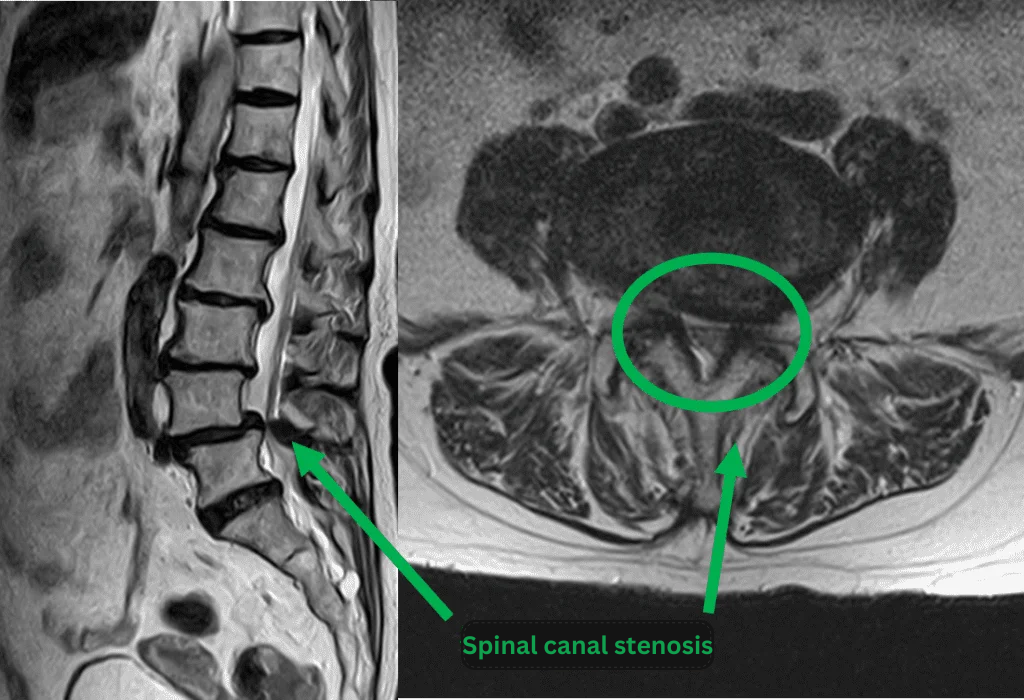Column Treatment Case Report No. 78 (Q-Florence Method)| ILC International Lumbago Clinic (Osaka) Column
November 7, 2024
The patient
A female patient in her 80s.
Name of the patient’s primary medical conditions
L4/5 spinal canal stenosis
Intermittent claudication: present
The patient’s medical history to date
Since around 2010, she has felt discomfort when walking due to numbness.
Around 2019, she was diagnosed with spondylolisthesis, and around 2020, the numbness worsened. She also started to experience lower back pain.
She came to our clinic seeking relief from her symptoms.
Symptoms before treatment
Pain in the chest and lower back, numbness in all toes of both feet, and pain and numbness in the outer side of the left lower leg.
Coldness in the right lower limb, unable to support oneself after walking about 10 meters.
Fatigue and difficulty in walking.
・Pain levels before treatment
| Lower back | Lower limbs | Numbness | Buttocks | |
|---|---|---|---|---|
| Pain level | 1 | 0 | 9 | 0 |
No pain at all is rated as 0, and the maximum possible pain is rated as 10.
Main area of pain: lower back

Bending forward: Possible
Bending backward: Possible
Pressure points: L4/5 on both sides
Lasegue test: Negative
Coughing and sneezing: No aggravation
Imaging and findings

- L4/5 – spinal canal stenosis
- L4 – spondylolisthesis, instability
- L1/2, 2/3, 3/4, 4/5, 5/s – Disc degeneration, protrusion
The above findings were also observed on the imaging.
・There is a very high possibility that the cause of the main symptoms such as pain and numbness is due to spinal canal stenosis caused by spondylolisthesis.
There is also a possibility that this is the cause of the main symptoms associated with intervertebral disc degeneration and protrusion.
Treatment
After consulting with the patient, the Q-Florence Method was performed between the spinous processes of L4/5.

After that, the Cellgel method was performed on L1/2, 2/3, 3/4, 4/5, and 5/s.

The treatment took about 90 minutes (15 minutes for anesthesia + 75 minutes for treatment).
After taking a rest in the recovery room, since the patient was able to sit, stand, and walk without any problems, he walked home on his own.
Our clinic’s treatment method
Additional information about the Q-Florence method we have just presented above.
Cost of the Q Florence method: 1,600,000 yen/one site (including tax) to 2,300,000 yen/two sites (including tax)
Cost for this patient’s case: Q Florence method 1 site = 1,600,000 yen (including tax)
Risks and side effects of the Q-Florence method: Although there are no reports of such cases in our own experience or in the literature, there is a possibility of damage to nerves, dura mater, and other surrounding tissues due to insertion of the spacer. There is a very small possibility of allergic reaction to the local anesthetic. There is a possibility of dislocation or fracture of the spinous process. Temporary urinary problems and allergic reactions may also occur.
For more detailed information, please refer to the following links:
Blog page with an easy-to-understand explanation of the Cellgel Method
Our clinic’s page on the Cellgel Method
Blog article explaining the Q-Florence method in an easy-to-understand manner (in Japanese)
Our clinic’s page about the Q-Florence Method (in Japanese)
This article was written by the Administrative Director of the Clinic



